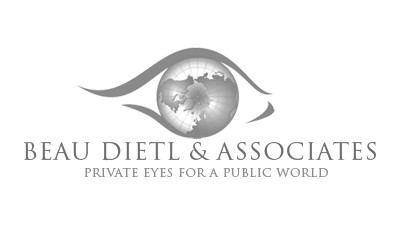Five Things a Strong Risk Assessment Team Will Inspect

The recent Paris attacks have highlighted the vital importance of security at commercial and residential properties, Bisnow partner Beau Dietl & Associates' Bo Dietl tells us.
The necessity for building owners to assess their security structure, look for vulnerabilities and discuss emergency plans has only increased with each attack over the last 20 years, as we learned what terrorists and other dangers consider viable targets.
NYPD Police Commissioner Bill Bratton has even spoken about security concerns at “soft targets”—locations not generally considered targets, such as landmark buildings, commercial properties and residential locations—and the impact these attacks have on such locations. Owners and landlords need to make sure their tenants feel safe when they work, shop and live.
So when implementing or enhancing security at a property, it's critical to begin with a comprehensive risk and vulnerability assessment that gathers data to help identify high-risk areas in need of immediate attention.
Not only will this help you make informed decisions when it comes to technology, personnel and security procedures and investments, but they can also help you adjust to the evolving threats and local situations of our constantly changing, but consistently dangerous, world.
Bo says that a proper risk assessment starts with a detailed study of the property's environment, including crime reports from local police and any history of security or safety-related incidents. Buildings located in close proximity to high-risk areas—such as government buildings or local utilities—must recognize the “assumed risks” of their location. Current tenants and neighbors should also be assessed in order to help quantify the overall risk of their property's location.
Next, you should inspect your pedestrian entrances and exits—as well as any service-related areas like loading docks and freight elevators—in order to determine their vulnerability to unauthorized entry. You should also give special attention to after-hours access, as well as your security procedures and emergency plans.
Current security technology (access control, CCTV systems, etc.) should also be heavily scrutinized to determine their effectiveness, reliability and even level of maintenance. You should also look into how effectively your technology is utilized by your security staff, as this is key to assessing effectiveness and making decisions about investing in improved or new systems.
But while great emphasis is placed on technology, Bo says that it can only be effective when it's coupled with strong procedures and qualified security personnel, resulting in an overall security plan. A detailed assessment of current security staffing is critical, he adds, since that can affect decisions about whether you need armed or unarmed security guards.
It’s not enough to just have a guard that checks ID, but a person who can act quickly in case of fires or other emergencies. Furthermore, it’s important to have the supervision in place that this already-stellar guard can contact and get assistance or more manpower that can come over in a moment’s notice and prevent a potential tragedy.
Bo says that many organizations rely on internal security teams for their assessments, but heavily recommends that property owners do an annual assessment with an independent expert who can deliver a "non-biased" view of your property's current state of security and identify vulnerability that an on-site team would overlook.
"Beau Dietl & Associates regularly conducts these types of assessments for existing clients," Bo says, "and have been instrumental in helping implement upgrades to current systems, restructuring of security staff and procedures and enhancements to emergency plans."
Even for properties in the planning or construction phase, Bo says that it's important that an initial risk and vulnerability assessment based upon the general usage of the building be conducted, as it will help with implementing security elements into the design of the building.
For example, by giving special attention to lobbies, parking and other areas of access—and effectively utilizing Crime Prevention Through Environmental Design (CPTED) methodology—you can learn how to greatly enhance the effectiveness of a security system and aids when developing procedures, staffing levels and emergency planning.
To learn more about our Bisnow partner, click here.

